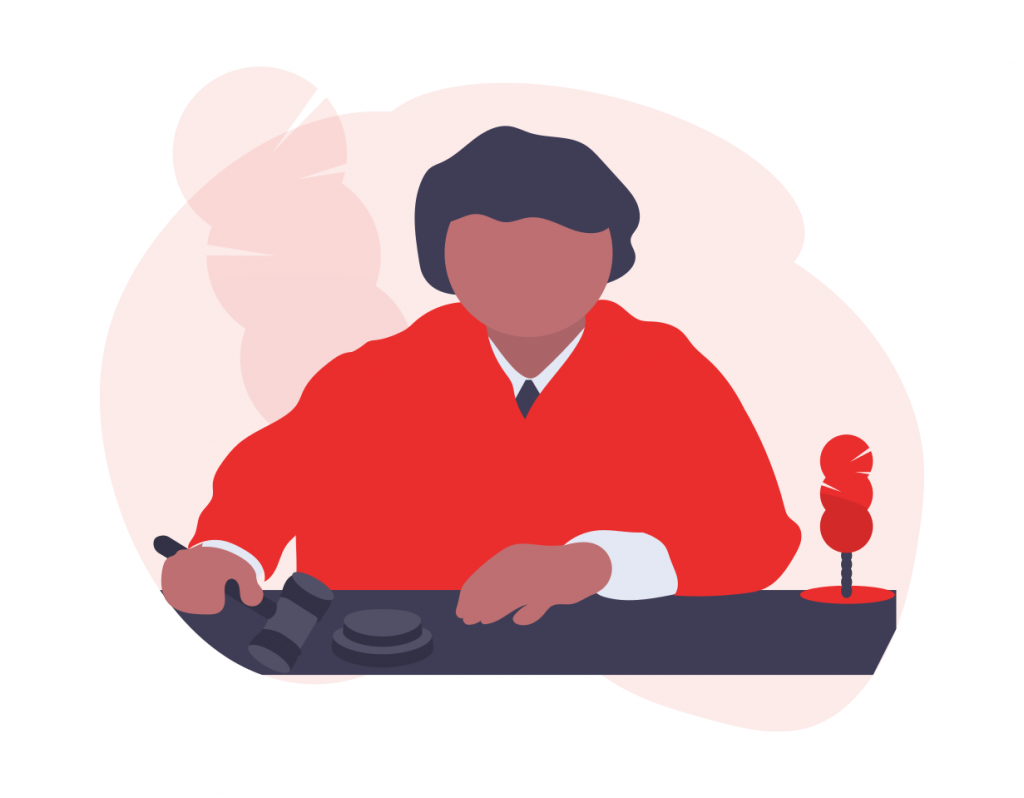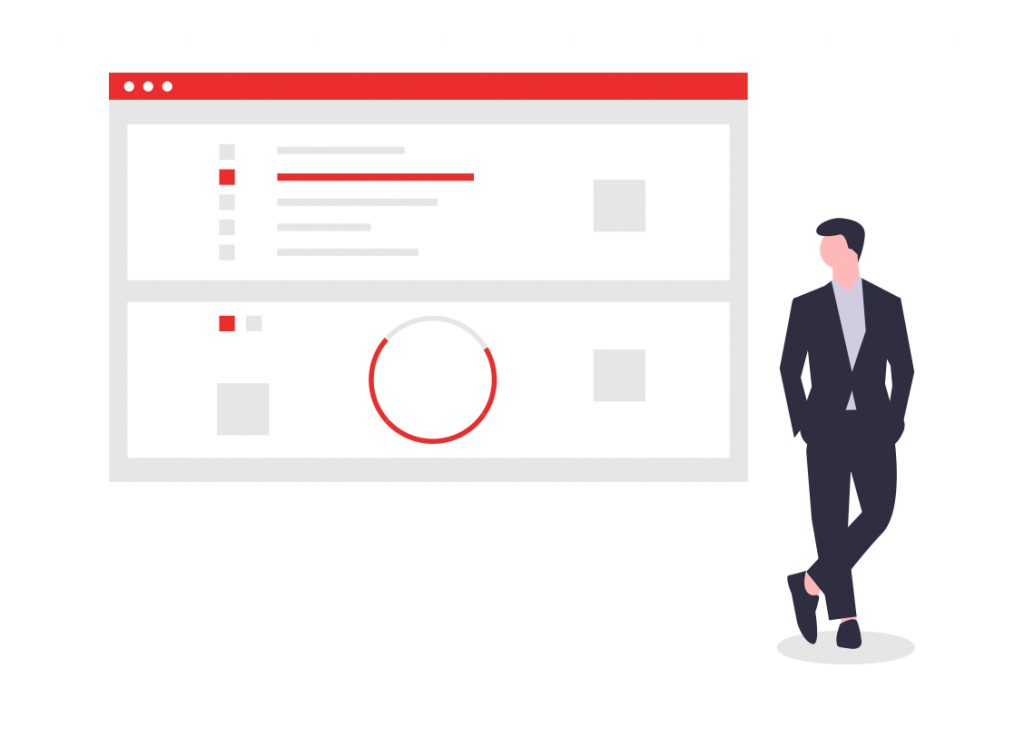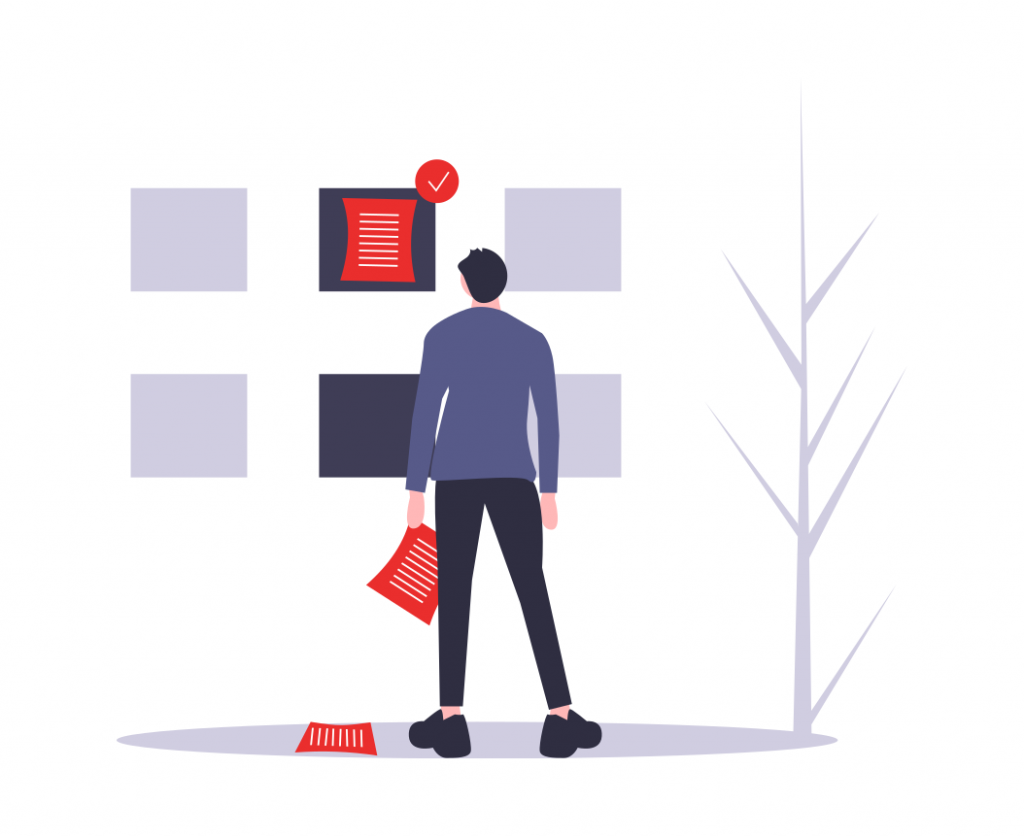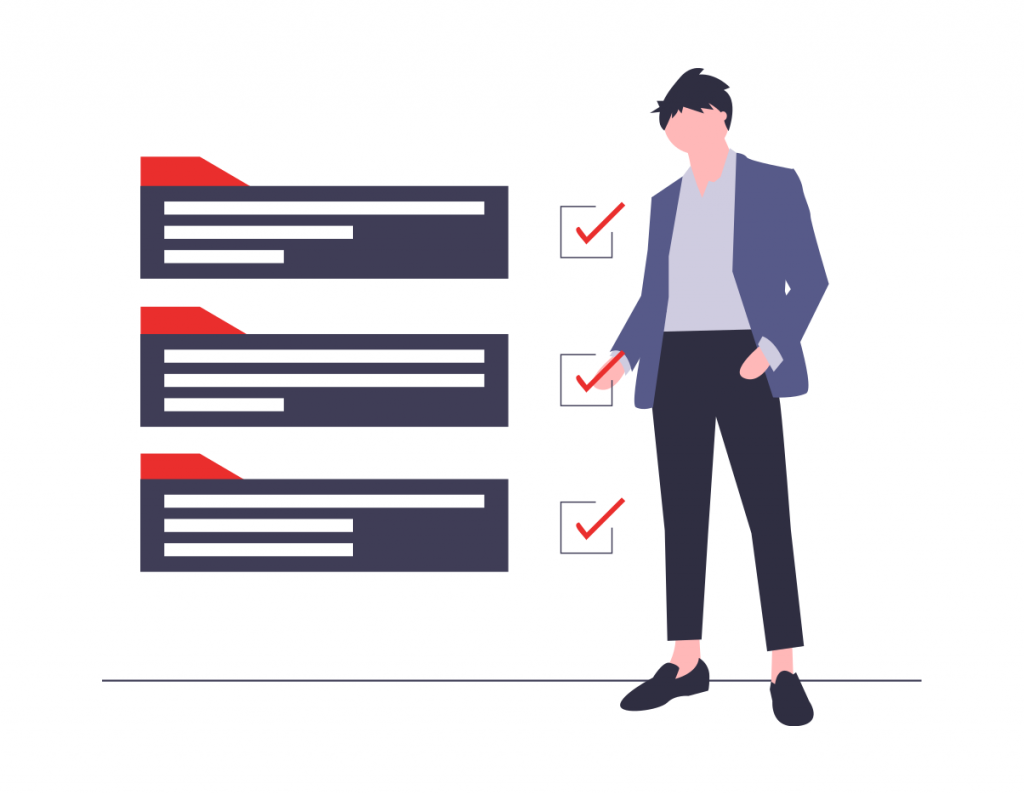In our everyday life, we always seek reasons for why something has happened and what caused it. When you try to find the answer to what caused it, you attribute the cause to a certain element.
Now, imagine if you make mistakes while determining the right cause or make the wrong attribution, what will happen? To be honest, it is not good for any of us. It may actually
- Lead to bad decisions
- Can have a negative impact on our relationships
- Hinder our self-improvement
- Can lead to conflicts
Now the shocker, ‘Attribution bias’ as it is called by social scientists, is a cognitive bias. In simpler terms, we all are exposed to it and demonstrate the bias throughout our life.
The key is understanding how these biases occur and minimizing them to our own benefit.
Simple but very relatable example of attribution bias

Just imagine a situation when a gentleman named Rohit joins a new organization. He observes that one of his colleagues comes late to the office. Rohit starts believing that the colleague is lazy or not so serious about her job.
He ignores all possible situations that may have caused her to come late and attribute it to her personality. Now, every subsequent act of hers is also due to not being serious or simply being lazy as perceived by him.
Rohit may even avoid working on a serious project with her. This is the most common type of attribution bias, called fundamental attribution bias.
Just because he avoids working on a project with her and seeking her contribution, he has to work late hours. This, in turn, results in Rohit waking up late one day. To make things worse, he faces a lot of traffic congestion on his way to work.
This time, Rohit reaches the office 45 min late. However, he attributes this late coming to the situations he faced — working late hours and traffic congestion. This essentially is a typical example of self-serving bias.
His attribution to cause differs when he is involved and when others are involved. More on these two types of attribution biases later. First, let’s uncover attribution and its meaning.
What is Attribution?

Attribution is the way in which we determine the cause of our own (self) or other’s behavior. We may attribute the cause of our own and others’ behavior to:
- Internal – based on the individual characteristics or personality of the person
- External – based on the situation or circumstance
We tend to feel more anger or frustration when we judge another person to be responsible for the behavior or event, which negatively affects us.
We are less angry and frustrated when we decide that external circumstances are responsible for the behavior or event.
 |
| Attribution bias is a cognitive bias A cognitive bias is a systematic pattern of deviation from norm or rationality in judgment. People create their own ‘subjective reality’ from their perception of the input. An individual’s construction of reality, not the objective input, may dictate their behavior in the world. Thus, cognitive biases may sometimes lead to perceptual distortion, inaccurate judgment, illogical interpretation, or what is broadly called irrationality. There are different types of attribution biases too. Most are cognitive biases related to problem with attribution. Many cognitive biases are also used in in Influencing and Persuation. |
Some of the common Attribution Biases?

There are a number of common attribution biases. The major ones are listed below:
Fundamental Attribution Bias
We tend to attribute the cause of others’ behavior as a result of internal characteristics and our own behavior as a result of our environment. When we do this we tend to be more forgiving of our own behavior than of others.
You already have seen the example in Rohit’s case, where he attributes late coming of his colleague to her internal characteristic of being lazy and careless. Mostly ignoring the situation or external environment.
False Consensus Bias
We tend to assume that other people are similar to us in their thinking, feeling, and lifestyle. When we do this we judge them according to our own yardstick and not their own.
They may have had different intentions, based on different factors and motivations, to the conclusion we draw. We simply believe how we would have reacted in the same situation.
Negative Impression Bias
We tend to over-emphasize negative information about others. When we feel we are wronged we feel hurt.
When we feel hurt we can exaggerate aspects of others we deem negative.
Confirmation Bias
Once we have come to a conclusion about a person or event, we look for all the evidence that confirms our view, and we discredit all the evidence that doesn’t support our view.
When we close ourselves to all the facts or evidence that may point up in another direction. This is one of the biases that lead to degraded decision-making and must be recognized and avoided.
For example, the Product head of a technology firm may come to the conclusion that their own OS (Operating System) should be used in their handsets and hardware dominance is the way forward.
The evidence says other technology companies are investing heavily in OS which will be independent and more important than even the hardware. He will conveniently ignore all the information, facts and evidence that is contrary to his belief.
He will, therefore, look for and believe more on facts that prove that using the in-house OS is cost-effective and this evidence will weigh much more in his eyes. End result is catastrophic, and I am not saying this example is not based on real events.
Self-serving bias
A self-serving bias refers to people’s tendency to attribute their successes to internal factors but attributes their failures to external. This bias helps to explain why we tend to take credit for our successes while often denying any responsibility for failures.
For example, a tennis player who wins his match might say, “I won because I’m a good athlete,” whereas the loser might say, “I lost because the referee was unfair.”
Hostile attribution bias
Hostile attribution bias (HAB) has been defined as an interpretive bias wherein individuals exhibit a tendency to interpret others’ ambiguous behaviors as hostile, rather than benign.
For example, if a child witnesses two other children whispering and assumes they are talking about him/her, that child makes attribution of hostile intent, even though the other children’s behavior was potentially benign.
Research has indicated that there is an association between hostile attribution bias and aggression, such that people who are more likely to interpret someone else’s behavior as hostile are also more likely to engage in aggressive behavior.[
The ways to overcome ‘Attribution Biases’?

Attribution biases are most often not good for us. So how do we overcome these different types of attribution biases?
We can overcome our own and others’ attribution biases in a number of ways and allow ourselves to be open to new information, facts evidence, and improve our decision-making and problem-solving abilities.
4 Steps to overcoming Attribution Bias
1. Realization
The first step towards reducing and overcoming attribution bias to recognize that these are cognitive biases and are present in each individual in varying degrees. The other realization is that you can’t completely get rid of them.
This is essential because there will always be a few times you wouldn’t realize that you are in grip of attribution bias. Once these two points are very clear, the positive movement towards overcoming attribution bias begins.
2. Start Challenging your stories
All attributions have an underlying story behind it. The first step is to identify that story. In the case of Rohit’s example, he creates a story around his colleague that she is coming late and this may be due to the fact that she is not serious about her job or maybe she is too lazy to wake up early.
The key is to identify your story first, the one that your brain creates. Acknowledge that this is a story made up by you and it needs to be verified before it becomes an attribution.
3. Try to verify your story
The next step is to verify your story. This can be done by looking at the facts and/or having a direct line of communication.
The key is to treat it as a story and not your belief. Sometimes you need to tell your inner-self that, “this is just a story, I need to verify it”. If you are successful in convincing yourself then you make yourself free from ‘confirmation bias’.
If Rohit attempts to find facts about his colleague’s past office coming time he may have noticed that she comes to office on time. He even could have had a word with her where she might have explained why she’s late.
The solutions to overcoming attribution bias are often as simple as these.
4. Avoid blaming others (externalizing the blame)
We are always better off when we get rid of the habit of externalizing the blame. This, in essence, increase our control of the situation and allows us to make efforts to make things better,
Always try to Focus on Resolving the Issues Not Who is to Blame. Once people get into problem-solving mode and are focused on resolving the problem rather than working out who’s at fault, they are more likely to be able to resolve the issues.
If these 4 steps to overcome a cognitive bias as common as attribution bias is followed, most people will be able to minimize their effect. The result is instant and better decision making that leads to success in many aspects of life.


